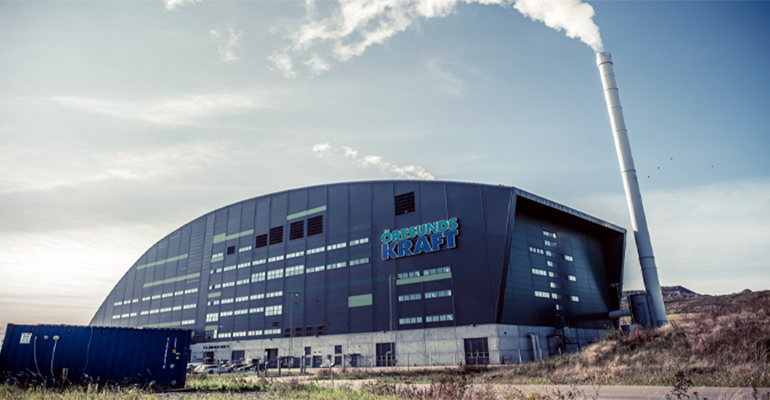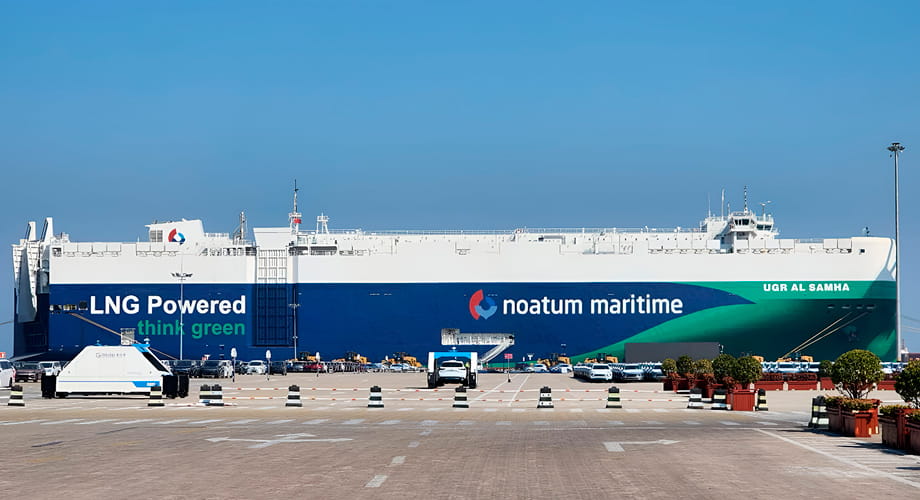Hydrogen Fuel Cell Breakthrough: UCLA Catalyst Hits 200,000-Hour Durability
UCLA researchers, led by Professor Yu Huang, have pulled off something pretty impressive in the world of fuel cell technology.…
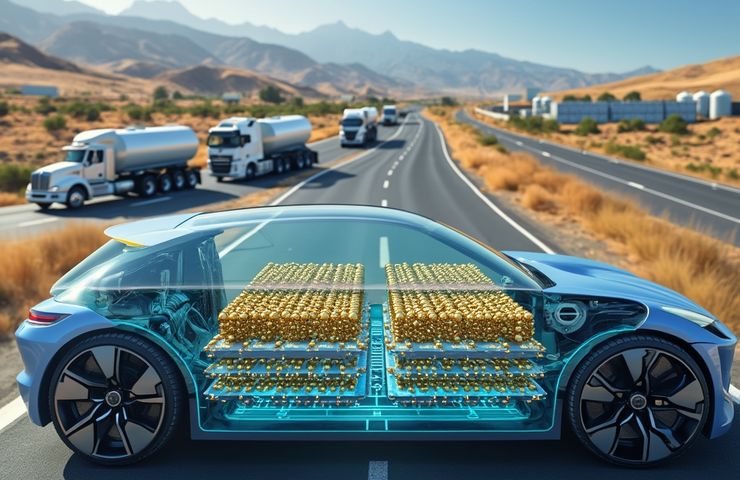

UCLA researchers, led by Professor Yu Huang, have pulled off something pretty impressive in the world of fuel cell technology. They’ve created a new kind of graphene-protected platinum catalyst for hydrogen fuel cells—and it’s turning heads. Why? Because it’s projected to last a jaw-dropping 200,000 hours. That’s nearly seven times longer than the Department of Energy’s 2050 goal for heavy-duty vehicles. Not bad, right?
Game-changing durability with minimal performance drop
So, how did they do it? They wrapped the platinum nanoparticles in graphene shells and embedded it all within a porous carbon structure. What that basically means is, they found a way to shield the platinum from wear and tear due to constant voltage cycling—something earlier catalysts have struggled with. After running it through 90,000 stress cycles, performance dropped just 1.1%. That’s a big deal for anyone eyeing real-world commercial use.
Paving the way for cleaner heavy-duty transport
The ripple effects of this breakthrough are huge. Not only does it support fast-tracking hydrogen-powered trucks, but it also lines up perfectly with California’s zero-emission targets for heavy-duty transport. On a national level, switching to hydrogen instead of going all-in on EV charging infrastructure could potentially save the U.S. around $7 billion.
Lower platinum use, cleaner energy outlook
This new catalyst also brings down platinum demand by 40%, which is great for cost and sustainability. Even cooler? The team already tested it with green hydrogen produced via nuclear-coupled electrolysis—a major step forward for industrial decarbonization and cleaner hydrogen production.
Big implications for OEMs and emission reductions
With durability like this, don’t be surprised if big-name manufacturers like Daimler and Volvo start moving up their hydrogen truck timelines. If fleets switch to this tech, the potential CO₂ savings are massive—up to 1.2 million tons of CO₂ per 10,000 trucks each year. That’s a real win for zero-emission technology and a big push for expanding hydrogen infrastructure.
What's Your Reaction?









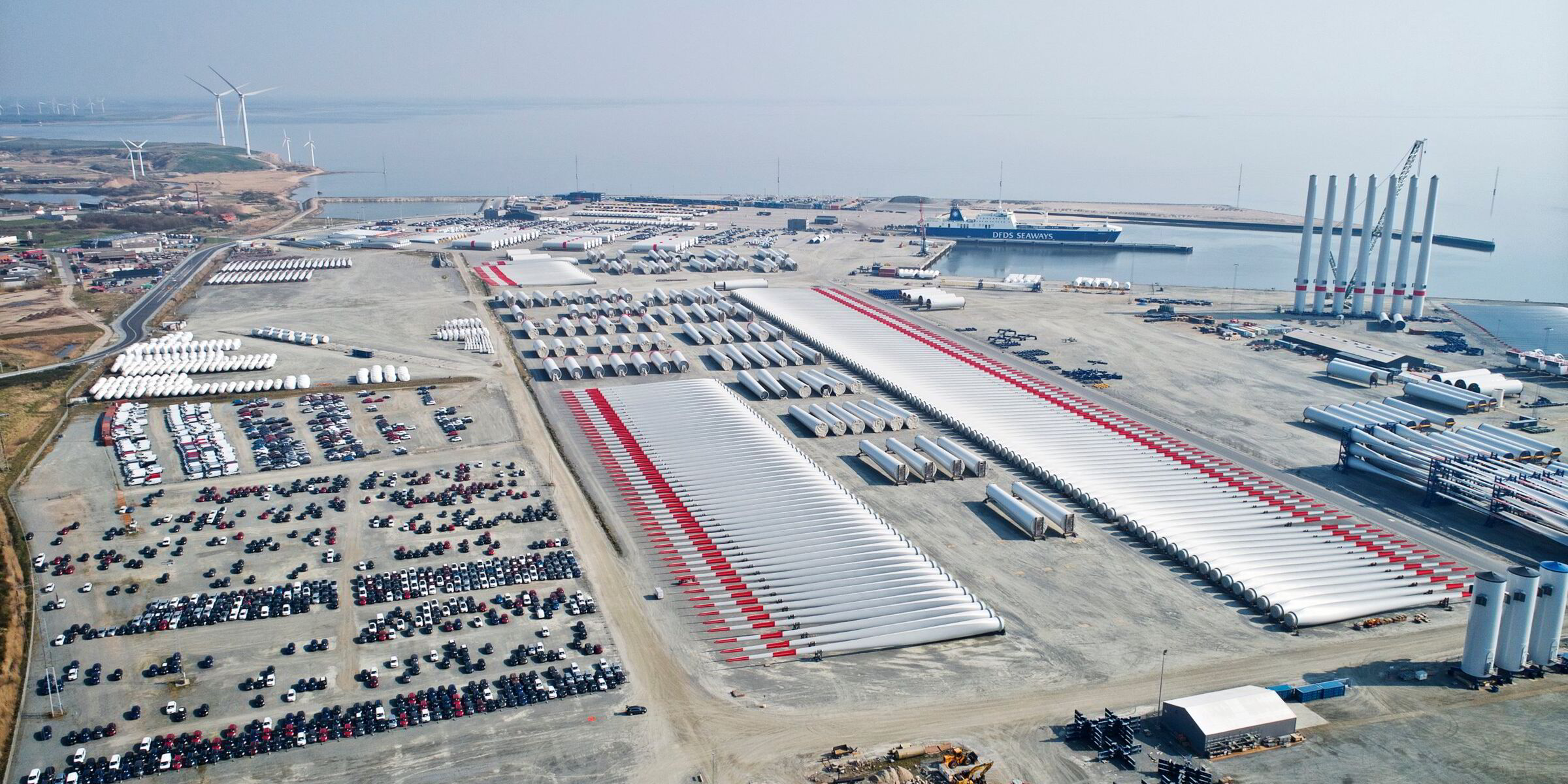
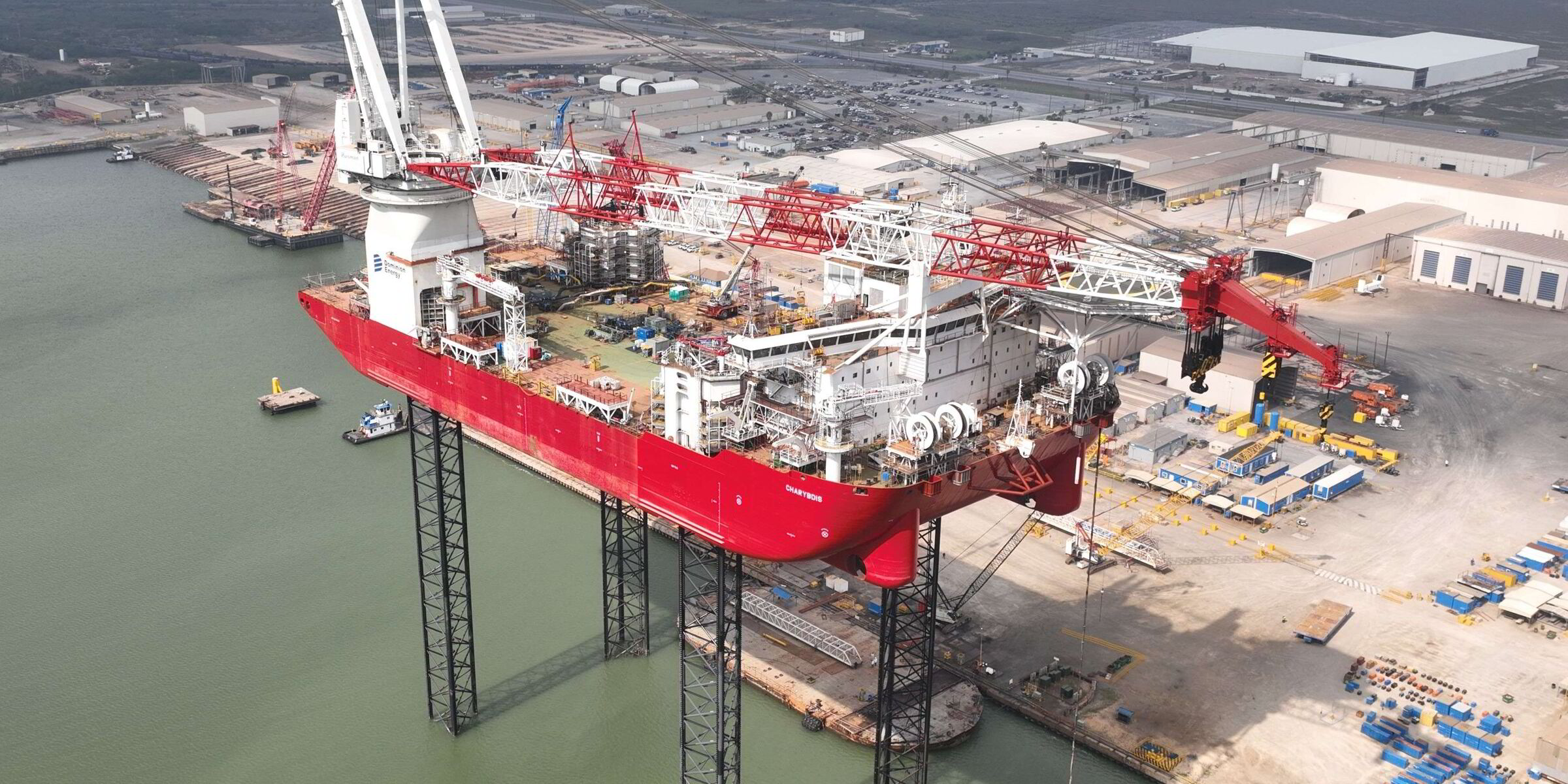
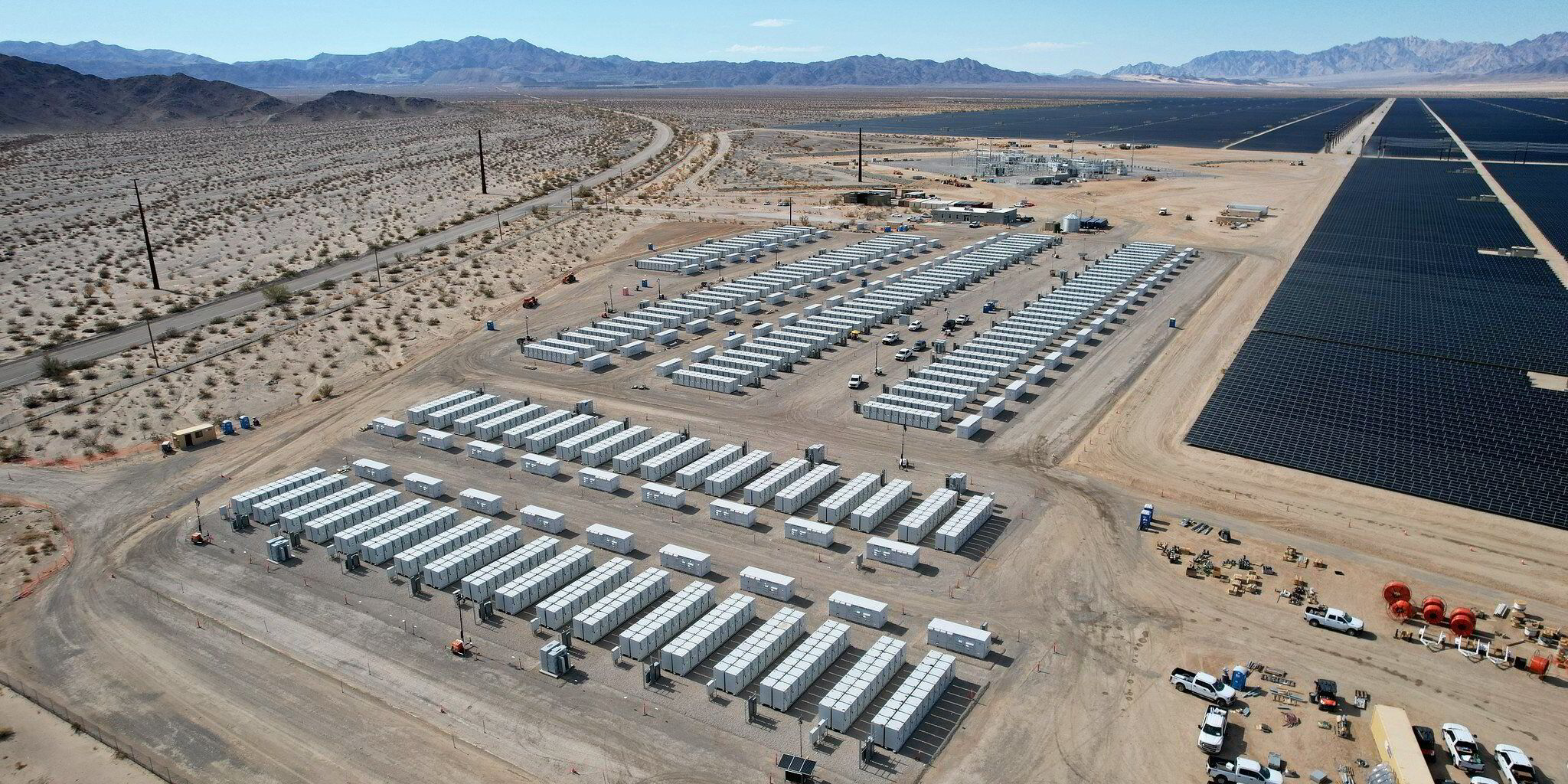








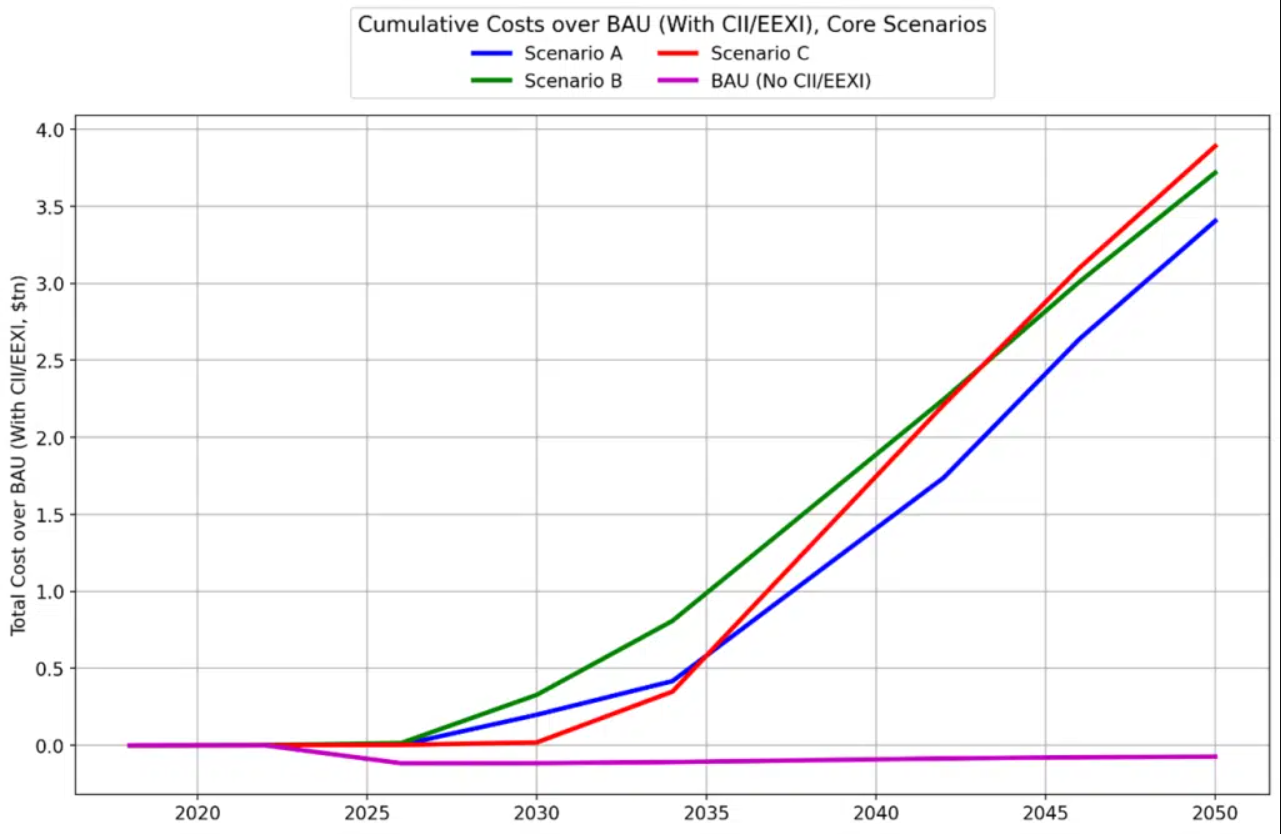
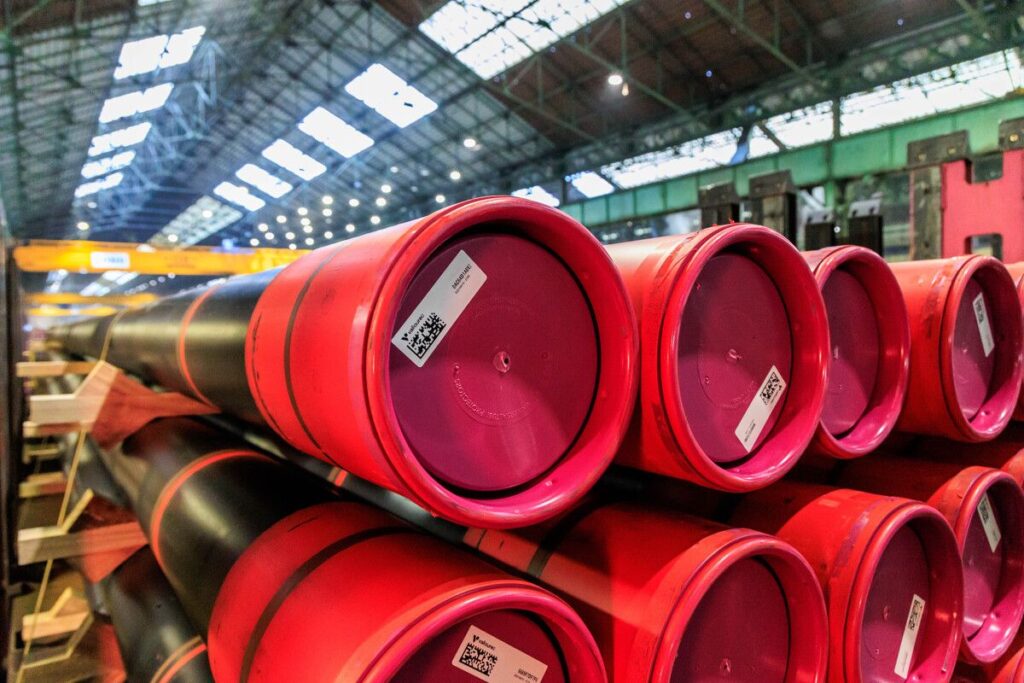



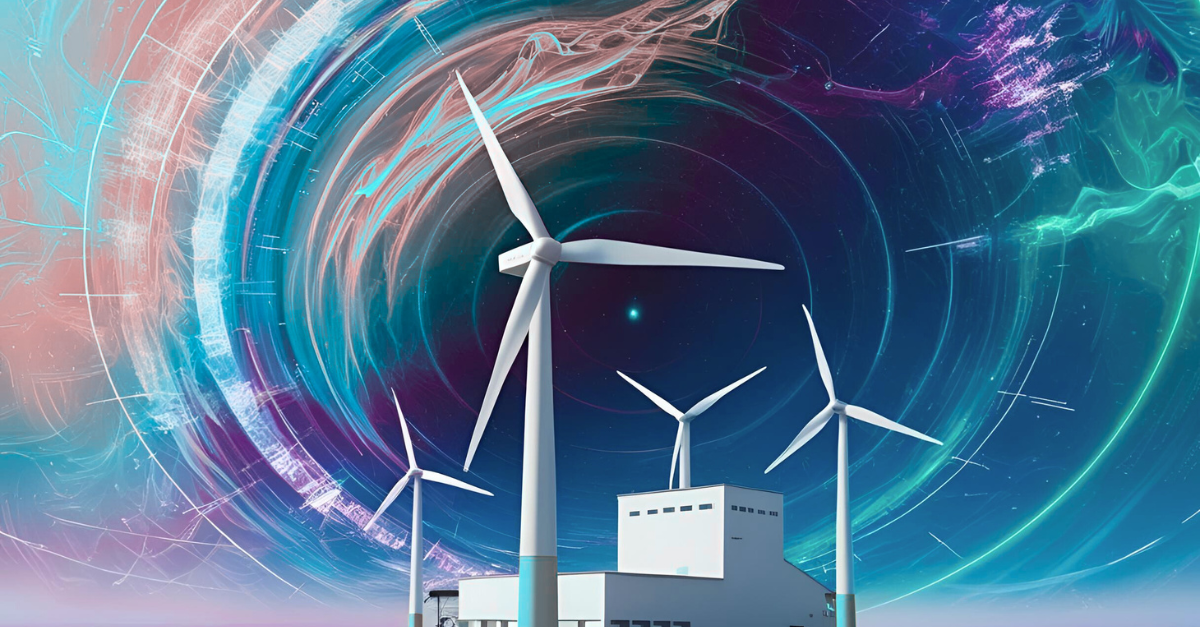

![[Upcoming Webinar] Addressing the Wind Industry's €25 Billion Annual Wake Loss Problem](https://www.windesco.com/hubfs/Swarm%20webinar%20cover%20image.png)






